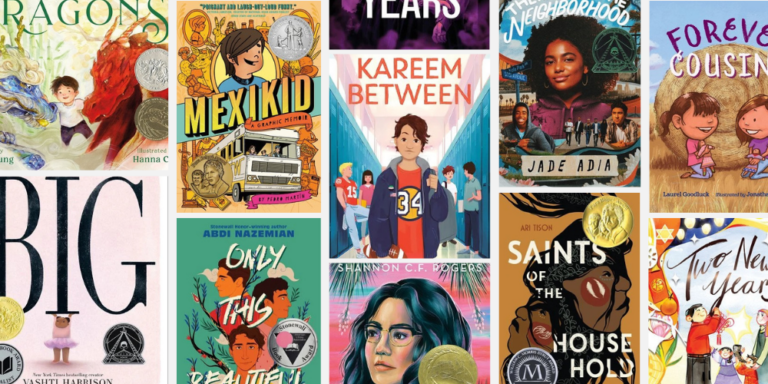Teaching reading is not for the faint of heart – it’s serious work that deserves constant attention, adaptation, and adjustment. And now, to ensure reading success for all students, educatorshave toengage and embrace a maze of digital literacy tech tools. As a veteran teacher who began teaching before personal computers were accessible in schools (please don’t do the math), keeping up with technology became a professional priority. I felt proud (and scared) of every teaching tech step, but it didn’t take long before my 6th grade students were racing ahead and I had stay in gear to keep up every single day of my teaching career.
Even though digital literacy presents powerful teaching and learning potential, there are daunting challenges in a world exploding with screens, causing even the toughest of teachers to wonder:
- How does one teacher guide the ever-increasing interactions of all students and their screens during any given school day?
- How does one teacher evaluate and identify best apps or tools to put in the hands of each student based on specific literacy and learning needs?
- How does one teacher develop a trust for tech tools that expand or expire by the day?
Education is a realm of challenging questions where successful teaching and learning outcomes are discovered in the search for answers. These daring questions and wonderings are only presented as a professional nudge to start taking more steps toward technology. It’s obvious we cannot ignore or hide from digital learning, so we must continue to seek answers for technology tools and practices that support our goals for student learning.
I suggest we begin by adding digital literacy tools and connecting readers with technology in daily reading routines. And next, how about considering ways to support parents and families as they navigate the ocean of opportunities with technology at home?Soin the interest of simple and attainable, here are two ideas for next tech steps you can take:
Embrace e-books!
In our schools and our classrooms, technology use is usually driven by district decisions and distribution of hardware and software. But as an individual teacher, you must often determine for yourself which digital resources you can effectively engage to support all readers in your classroom. Not surprisingly, there are a myriad of tools, sites, and apps to consider – either free or fee-based.
One critical component of your literacy instruction should be a plan for embracingebooks- electronic books. There are many sites that share e-books in libraries of titles:
- Ocean House Media
- OneMoreStory
- myON
- Raz-Kids
- Speakaboos
- StoriaSchoolEdition
- Tumblebooks
- Epic!
- ManyBooks
to name just a few. Take this tech step and commit to a couple hours of research on these sites or others you’ve heard about. Then decide which one(s) you will promote to students and parents for independent reading. Here’s where digital literacy becomes very dependent upon individual teachers like you who take time to dive in and decide what programs, apps, and sites provide your students with reading materials and resources they need. Who knows better but you?
If you want more support in this step, set a goal with a colleague to collaborate and bookmark Common Sense Media, an amazing site that supports safe and successful use of media. Check out their mission statement below – this organization is doing impressive and important work for the common good – and I, for one, really count on their expertise!
Common Sense is the leading independent nonprofit organization dedicated to helping kids thrive in a world of media and technology. We empower parents, teachers, and policymakers by providing unbiased information, trusted advice, and innovative tools to help them harness the power of media and technology as a positive force in all kids’ lives.
Parent/Family – digital home learning goals
Another smart step is to create a class parent guide that gives families just a few powerful links, ideas, or check-points to guide them in sharing language and purposeful questions with content on screens. The authors of Tap, Click, READ: How to Build Readers in a World of Screens believe that, “The way parents use, talk about, and learn from media can have a big impact on how children grow up to use, talk about, and learn from it.” We can’t argue that students are constantly exposed to screens – so figure out a few simple goals for parents that you’d like to promote. Again, click on Common Sense Media to access limitless information and ideas on how to connect kids with media safely and successfully. As a starting point, check out this link for their screen-time resources: https://www.commonsensemedia.org/screen-time.
I could go on and on sharing more ideas – but you’ve probably already clicked out of this blog post and into some links, seeking answers and insights for yourself! Teachers can’t resist this research – and neither can students!
But wait – I have one last idea for you!
We have a new course for PreK to 3rd-grade teachers that incorporates digital literacy research and background information along with several inquiry applications designed to help you discover answers to your own daring tech questions. Click below for more details – we’d love to see you in cyberspace!







